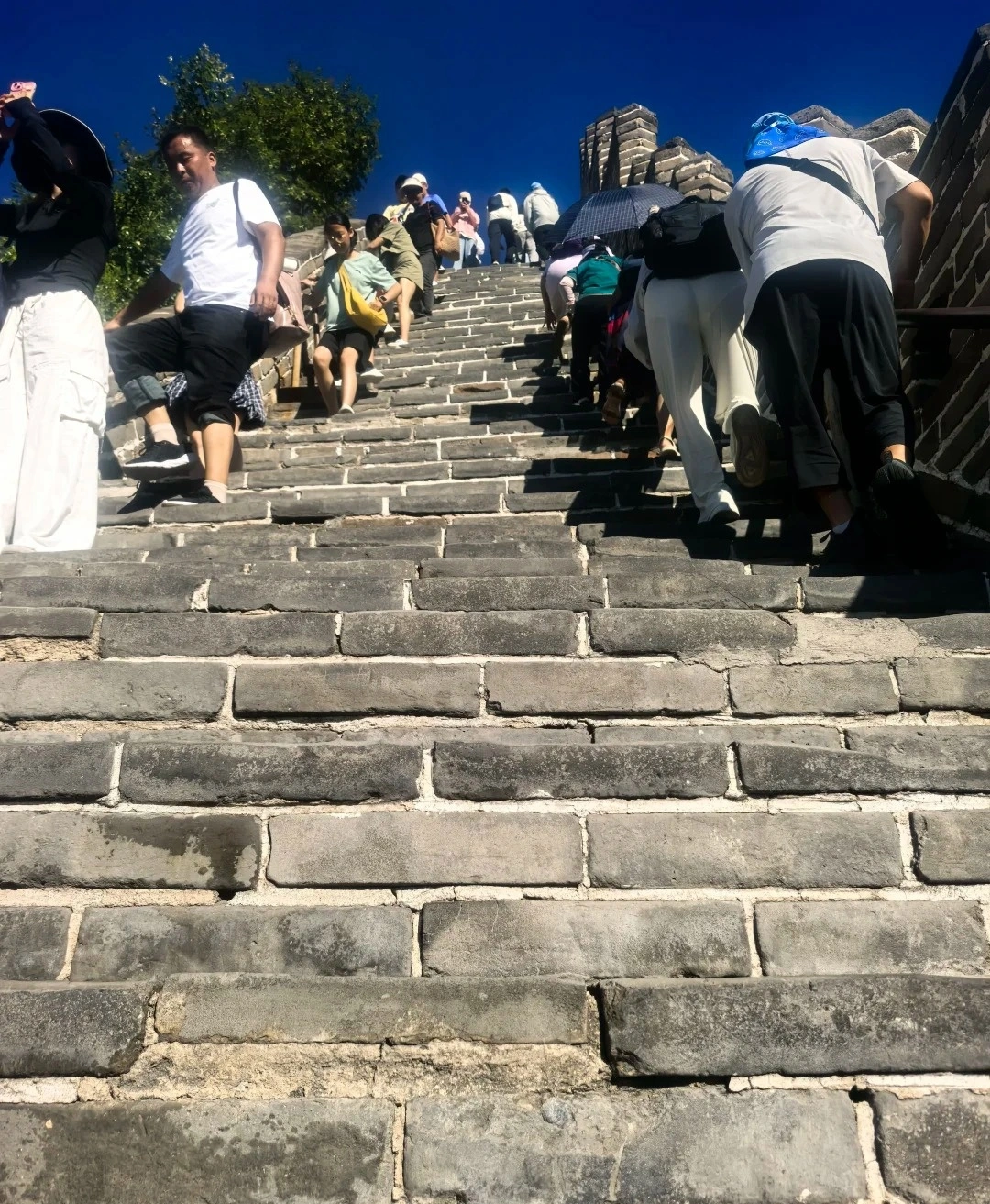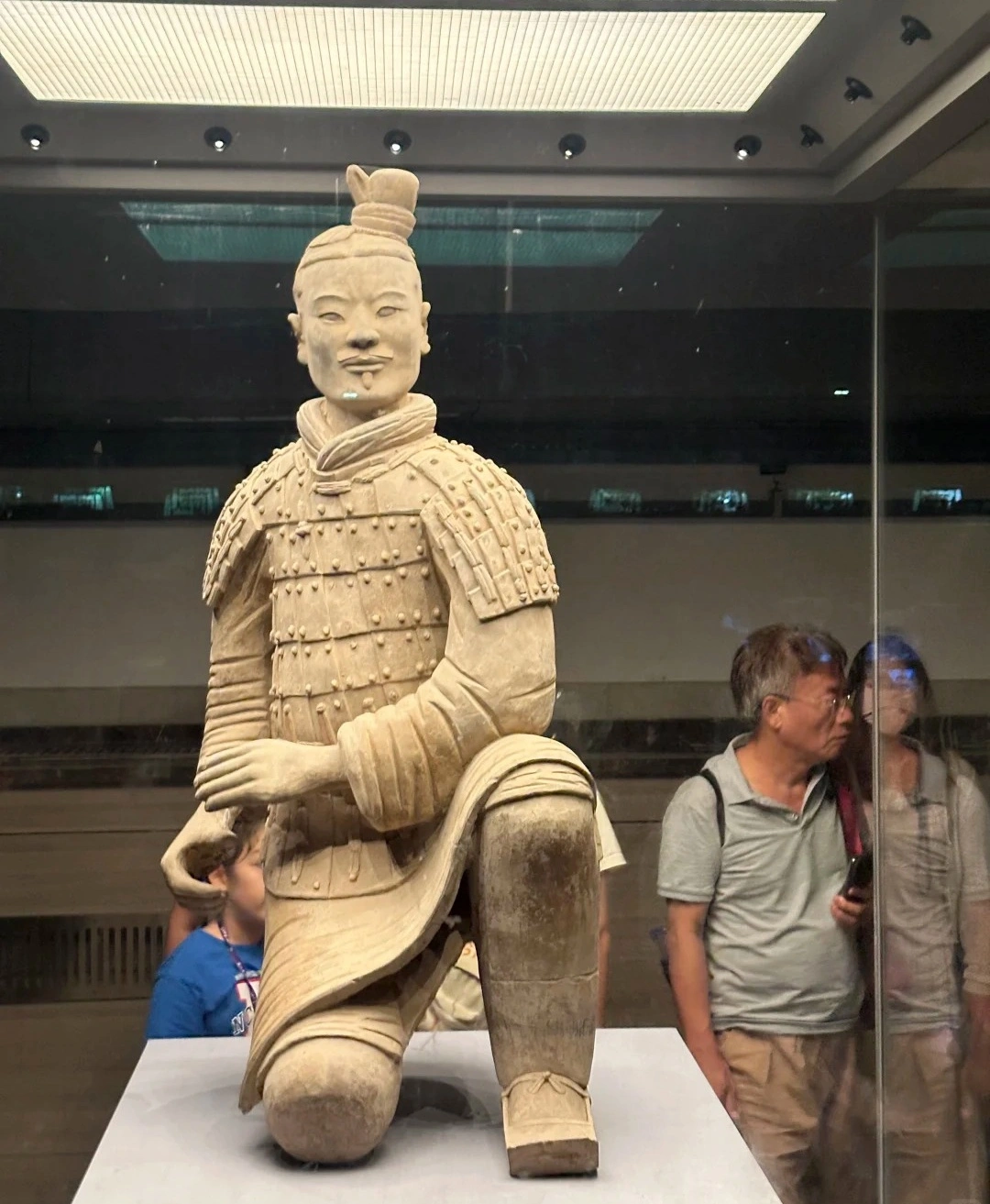Dining in Chengdu: A Guide to Food Safety and Healthy Eating
Chengdu, the culinary capital of China, is famous for its fiery Sichuan Cuisine, vibrant street food scene, and diverse dining options. While indulging in local flavors is a must, travelers should prioritize food safety and mindful eating to avoid discomfort. Below is a structured guide to navigating Chengdu’s food culture while staying healthy.
1. Understanding Sichuan Cuisine and Dietary Risks
Spicy and Oily Dishes
- Sichuan dishes like Mapo Tofu, hotpot, and dan dan noodles are known for their bold use of chili oil and Sichuan peppercorns. While delicious, excessive spice can irritate stomachs, especially for those unaccustomed to it.
- Tip: Start with mild versions of dishes and gradually increase spice levels. Carry antacids or digestive aids if sensitive to heat.
Street Food Hygiene
- Chengdu’s street vendors offer irresistible snacks like zhong dumplings and chuanchuan xiang (skewers). However, open-air stalls may lack strict sanitation practices.
- Tip: Choose vendors with high foot traffic (a sign of freshness) and avoid raw or undercooked ingredients (e.g., rare meat in Hotpot).
2. Food Safety Best Practices
Drinking Water
- Tap water is not safe to drink. Stick to bottled water (check seals are intact) or boiled water from hotels.
- Avoid: Ice cubes in drinks unless from a trusted source, and fountain beverages.
Handling Raw Ingredients
- Sichuan hotpot often involves cooking raw meats and vegetables at the table. Ensure food is cooked thoroughly to kill bacteria.
- Tip: Use separate chopsticks for raw and cooked items to prevent cross-contamination.
Washing Produce
- If purchasing fresh fruit or vegetables, rinse them with bottled water or peel them before eating.
3. Healthy Eating Strategies
Balancing Spicy and Mild Foods
- Pair fiery dishes with cooling options like steamed rice, tofu, or soups (e.g., suancai yu).
- Vegetarian Options: Many Sichuan dishes are plant-based, such as ma la tofu or stir-fried greens. Communicate dietary preferences using phrases like “Wo chi su” (I’m vegetarian).
Portion Control
- Sichuan meals are often shared family-style, encouraging overeating. Start with small portions and pace yourself to avoid indigestion.
Allergies and Dietary Restrictions
- Common allergens like peanuts, sesame, and shellfish are prevalent in Sichuan sauces.
- Tip: Learn key phrases:
- “Wo dui __ allergik” (I’m allergic to __).
- “Bu yao la” (No spice).
- Carry a translated allergen card to show restaurant staff.
4. Navigating Local Dining Etiquette
- Hotpot Etiquette: Wait for the broth to boil before adding ingredients, and avoid double-dipping chopsticks.
- Street Food Manners: Eat standing or at communal tables; don’t haggle excessively over prices (small vendors rely on fair earnings).
- Tipping: Not customary in Chengdu, but rounding up the bill or saying “xie xie” (thank you) is appreciated.
5. Post-Meal Precautions
- Medications: Pack anti-diarrheal medicine (e.g., Imodium), rehydration salts, and motion sickness tablets if prone to digestive issues.
- Hydration: Spicy foods can cause dehydration. Drink plenty of water or herbal teas like jasmine or chrysanthemum to soothe the stomach.
- Restaurants to Trust: Opt for established eateries with visible hygiene certificates (usually displayed near the entrance) or recommendations from locals/hotels.
Conclusion
Chengdu’s culinary landscape is a thrilling adventure for the taste buds, but mindful eating and food safety practices are essential to avoid health setbacks. By choosing reputable vendors, communicating dietary needs, and balancing indulgent dishes with lighter options, travelers can savor the best of Sichuan cuisine without compromising their well-being.
Contact Us
What Our Clients Say?
Based on 10,000+ traveler reviews













